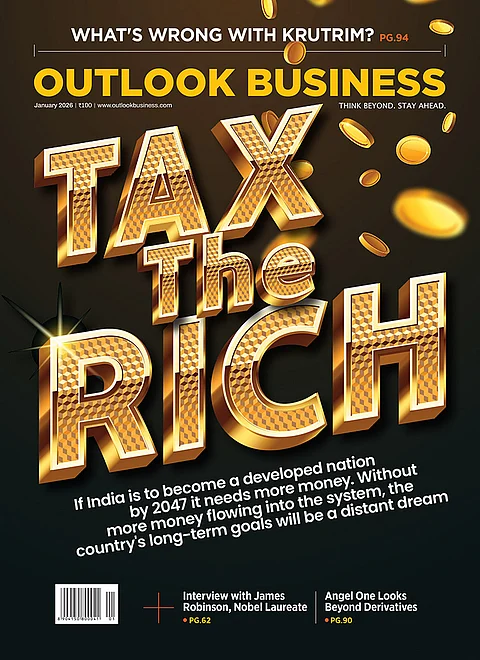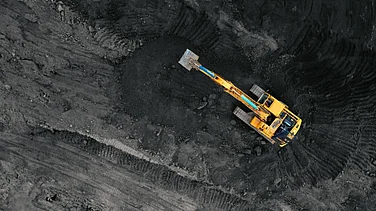With Delhi heading toward elections, the conversation around electoral freebies is once again taking center stage. From pledges of free electricity and subsidized water and transport services to direct cash handouts, political parties are relying heavily on populist promises to sway voters in their favor.
The debate recently escalated when Delhi's ruling party Aam Aadmi Party (AAP) national convenor Arvind Kejriwal announced that his government will pay Rs 18,000 a month to Hindu and Sikh priests if elected back to power. It was followed by Kejriwal's announcement of monthly allowance of Rs 2,100 for women under "Mukhyamantri Mahila Samman Yojana" and free health care in all hospitals for senior citizens under “Sanjeevani Yojana”. These announcements had drawn sharp criticism from the opposition, particularly from the Bharatiya Janata Party.
The Culture of Freebies
The culture of freebies within the AAP dates back to 2013 when Kejriwal promised to provide 20,000 litre of domestic-use water and 200 units of electricity free of cost every month to every Delhi household and he delivered too. As a result, his party swept 67 out of 70 Delhi assembly constituencies in the 2015 election. Fate followed in 2020 assembly elections as well.
In 2022, Prime Minister Narendra Modi openly criticised the culture of electoral freebies, calling it a dangerous practice that could harm the nation’s long-term economic stability. He urged voters to prioritise developmental initiatives — highlighting infrastructure projects like expressways, airports, and defense corridors — over short-term populist giveaways.
However, the BJP itself has not shied away from offering similar freebie benefits in recent elections, reflecting how deeply ingrained this strategy is across party lines. Last year, the BJP-led coalition in Maharashtra announced a Rs 1,500 monthly financial assistance program for around 2.5 crore women under ‘Ladli Bahin Yojana’ just ahead of the election. Congress-led alliance, on the other hand, promised to double the amount if voted to power. The scheme will cost the Maharashtra government more than Rs 18,000 crore a year.
Amid anti-incumbency sentiments in Haryana, Nayab Singh Saini-led BJP government last year not only announced allowances ranging from Rs 1,200 to Rs 3,500 for unemployed youth but also offered Rs 1,100 in cash to Anganwadi workers and helpers.
The Congress government in Himachal Pradesh is under financial strain after they restored the Old Pension Scheme (OPS) as per their electoral promise. Reportedly, the State requires Rs 2,000 crore monthly to meet salary and pension commitments. It is now heavily dependent upon future borrowings to operate on a day-to-day basis, as its loan limit of Rs 6,200 crore is exhausted.
Likewise, as a result of the AAP government's commitment in Punjab to provide 300 units of electricity free of cost to the consumers, the Punjab State Power Corporation Limited is facing a dip in collection efficiency which dropped from 106 per cent to 73 per cent with soaring transmission losses. The state is about to touch its borrowing limit with a subsidy bill of Rs 20,000 crore for the current financial year, as per reports.
This wind of freebies peaked momentum in 2023 following the elections in Karnataka, Rajasthan, and Madhya Pradesh and has not seemed to tame down since then.
But will these trends ever result in sustainable growth or increase the debt burden more on the states?
In 2022, 15th Finance Commission chairman N K Singh had cautioned that freebies are not the road to efficiency or prosperity, but a quick passport to fiscal disaster.
Drawing the difference between freebies and subsidies, Singh pointed "there are merit goods subsidies, say, in education and health sectors and the mid-day meal programme. These are not freebies. Freebies are those where the user charge is not taken, for instance, distribution of consumer articles that are given for short-term electoral advantages."
Prioritise Productive Spending
With reports indicating the centre weighing on easing conditions for interest-free capex loans to states ahead of the Union Budget to ensure long-term economic stability and sustainable growth, states must also shift their focus from short-term populist measures to more productive capital expenditure.
India's gross domestic product (GDP) grew at a seven-quarter low of 5.4 per cent in the September quarter of the current fiscal year. Experts pointed out earlier that due to decline in capital expenditure by both Centre and state governments in FY25, growth support from fiscal policy has been significantly lower.
The government has maintained its capital expenditure from interim budget at Rs 11.1 lakh crore for the fiscal year 2025, which is 3.4 per cent of the GDP.
"This investment has provided a crucial impulse to the economy, and maintaining it at the annual budget level will be beneficial. Additionally, the budget expects state governments to provide similar support," said Ajay Seth, Secretary, the Department of Economic Affairs (DEA), during an interview with Outlook Business.
He stressed that the states need to improve not only their capital expenditure level in GDP but also the quality of expenditure.
As per a State Bank of India report, a total of Rs 2.11 trillion was spent on direct cash transfers to women in eight states including Maharashtra, Delhi, Odisha, Chhattisgarh, Madhya Pradesh, Karnataka, Gujarat, and West Bengal. The experts expect it to double including states like Assam, Andhra Pradesh, Telangana, Tamil Nadu, Himachal Pradesh and Jharkhand.
While direct cash transfers and subsidies may provide immediate relief to certain sections of the population, they risk crowding out investments in essential infrastructure and development projects that drive economic growth and create jobs.
Last month, in its ‘State Finances: A Study of Budgets’ report for the financial year 2024-25, the Reserve Bank of India also warned that the rising levels of "subsidies" by state governments could crowd out other more productive expenditures. It also flagged persistent high levels of debt among the states as another area of concern.



























